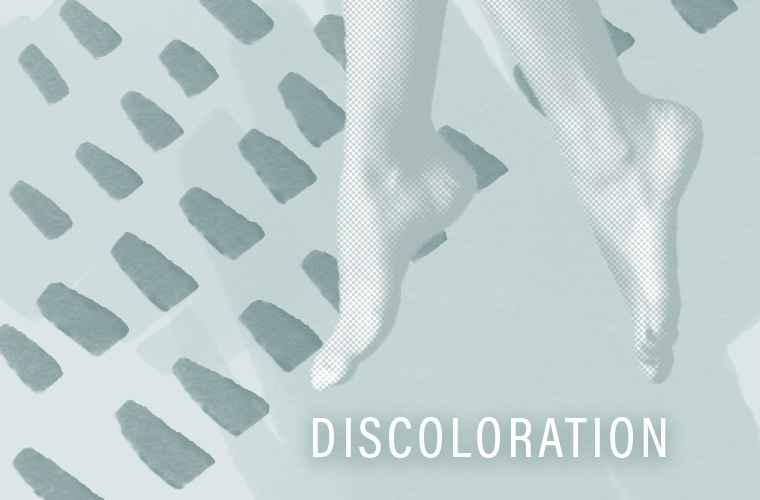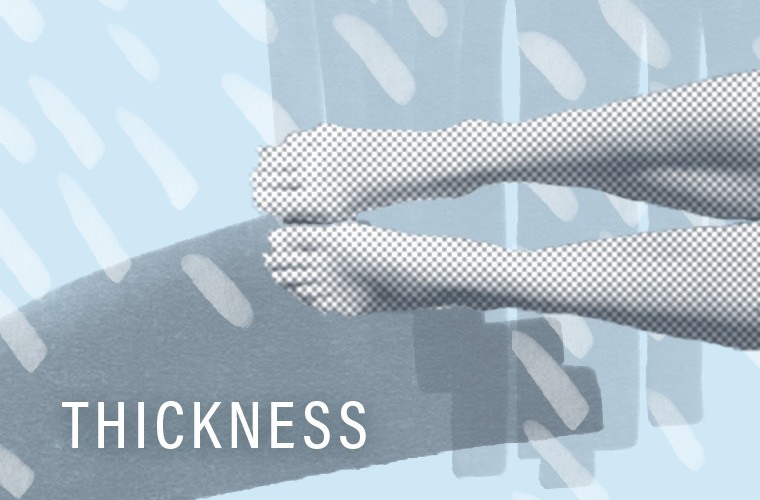You kick off your shoes, get into that comfy pedicure chair, and gear up for a relaxing half hour of solo relaxation time (or even straight-up meditation). Then you glance down after your polish has been removed and cringe—your toenails don't look so...healthy.
Maybe you've noticed that they look, well, yellow. Or there could even be what appears to be some sort of—gasp!—growth underneath your nail bed.
You could be face to face with a surprisingly prevalent (but very seldom-discussed) issue of fungus. (Real talk: I've had it—and picked it up in a seemingly on-top-of-their-hygiene salon. Sigh.)
"Fungus is everywhere and you can't completely avoid it at all costs."
"The studies vary as far as how common it is, but I would say about 10 percent of the adult population [has had it]," says podiatrist Aditi Shastri, who practices out of City Footcare in New York City. "Fungus is everywhere and you can't completely avoid it at all costs. But most people tend to get it through a pedicure, a public shower, or hotels."
If you want to cut your risk of an oh-no! toe situation, Dr. Shastri says to always keep a pair of flip-flops on you when showering in a public place and only get pedicures in spots that use a flat bowl without any jets (or at least use a plastic liner), along with sterile instruments. "Try not to go barefoot in any communal wet place," she says.
But if you've already had some sketchy moments in the gym locker room, how do you tell the difference between normal nail changes and an actual fungal infection?
Here's what to look out for, according to Dr. Shastri.

Weird colors
It's tough to have completely clear, perfect toenails (I'm talking about when they're not painted)—especially if you're the perfectly painted type. "For someone who always has polish on, it's hard to [keep the nail] healthy," notes Shastri. That's why it's common to see white, yellow, or brown shades—these could all indicate fungus, but Shastri says it could also just be microtrauma from consistently bumping your toes inside your shoes (or wrecking them during workouts).
She also explains that, especially if you rarely go bare, you might see some white coloring on the top of your nails from the polish drying it out, and certain medical conditions like cirrhosis can change the appearance as well. "The only way to truly find out if it's fungus would be to see a doctor who would send a sample to a lab," says Dr. Shastri. "Generally speaking, if it looks funny, it's probably best to get it checked out."

Major visible changes
A just-as-prevalent sign of fungus is a thickening of your nail (wince-inducing, I know). It will also look like there's a growth underneath. Again, this could be from bumping inside your shoes all the time, says Shastri—but it's definitely worth checking out.

{{post.sponsorText}}
Thankfully, if you catch the condition early, it's not too complicated to get rid of. If it's within a month or two, over-the-counter topical treatments usually work, says Dr. Shastri. "If it's been there for a year or two and it's spread to the entire nail, you may have to go on an oral medication or get a laser treatment."
The pill takes about three months to fully clear the fungus, while the laser option isn't covered by insurance. Just note that it won't go away on its own—so don't let the germs get a foothold (sorry, had to).
I know I've learned my lesson since my, er, condition cleared up. So keep your shower shoes handy, let your nails take a breather between polishes, and go only to nail salons you really trust—and you'll have your fungus-dodging game nailed.
When it comes to keeping you on your happy (and healthy) feet, the gym can be another challenge—here's what to do when your workouts wreck your toenails. And here are 3 reasons why you should opt for a waterless manicure-pedicure.
Loading More Posts...